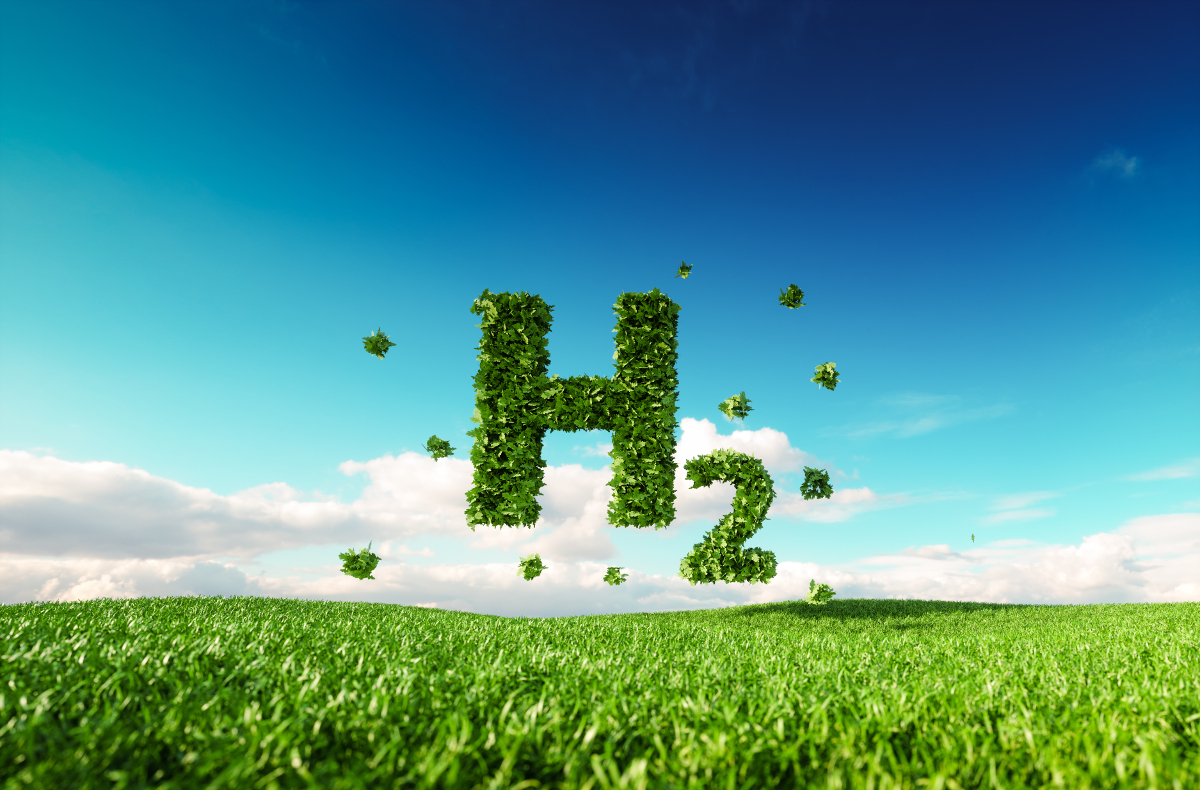The world will fall short by as much as half in the electrolyser capacity it needs to meet by 2030 the planet’s green hydrogen commitments already announced, an investment bank has forecast.
New York-based Jefferies Bank calculates that on current trends, disclosed electrolyser capacity at the decade’s end will accommodate less than 40GW of hydrogen made by water-splitting.
Against that, green H2 projects either announced or ‘pledged’ amount currently to 54 GW already detailed for 2030, plus another 40 GW ‘pledged’, says the bank in a research note to clients.
Today, worldwide installed capacity of electrolysers stands at a tiny 0.2 GW, according to analysts Aurora Energy Research. A single plant in Quebec accounts for 10% of that total.
For delivery in 2040 – ten years after Jefferies’ chosen horizon – Aurora calculates 213.5 GW of green H2 projects are in planning. 85% of that capacity will be in Europe, where electricity from onshore wind, particularly in Norway, Spain and Portugal, slashes the low carbon variant’s costs.
The figures emerged this week as Scotland’s government published its draft hydrogen action plan, underpinning with details Holyrood’s intention announced last year to achieve 5GW of water-splitting capacity by 2030.
The latest draft, in consultation till 22 January, proposes £100 million to be spent before 2027 on regional H2 hubs, such as on the Cromarty Firth. Scotland’s Energy Transition Fund will be boosted to £ 75 million, including a clean H2 hub for Aberdeen.
“Scotland has the potential to produce significant quantities of renewable hydrogen ….vastly greater than our indigenous demand”, Holyrood energy minister Michael Mattheson MSP notes in the draft. “We also have the potential to produce low-carbon hydrogen at a large industrial scale”.
Under its best scenario Scotland’s government has previously assessed that exports of green hydrogen alone will add up to £25 billion per year by 2045 to the nation’s economy.
As one of CoP26’s supposed “four Glasgow breakthroughs” last week, the EU and 38 governments declared an intention to ensure “affordable renewable and clean hydrogen is available worldwide by 2030”.
Yet now in 2021, the IEA estimates green hydrogen’s average price worldwide varies between $3 and $8 per kilogramme, against a range of $ 0.50 to $ 1.70 /kg for grey hydrogen, ‘reformed’ out of carbon-heavy methane with steam.
Meanwhile either Humberside or Teesside will be among UK sites to benefit, as Shell and RWE announced this week further steps in their espousal of green hydrogen, to be made with offshore wind power.
The pair unveiled a memo of understanding signed at Shell’s refHynery near Cologne, scoped to identify green H2 projects suitable for further investment. It will build on the firms’ NortH2 project in the Netherlands and on AquaVentus off the German coast.




